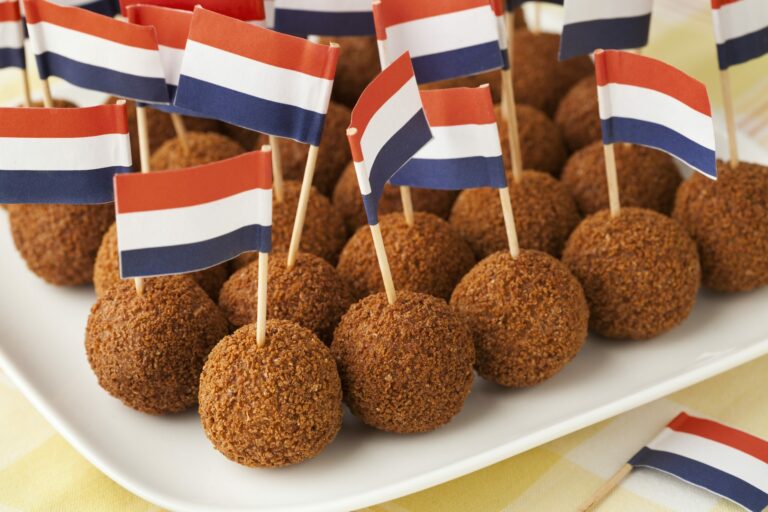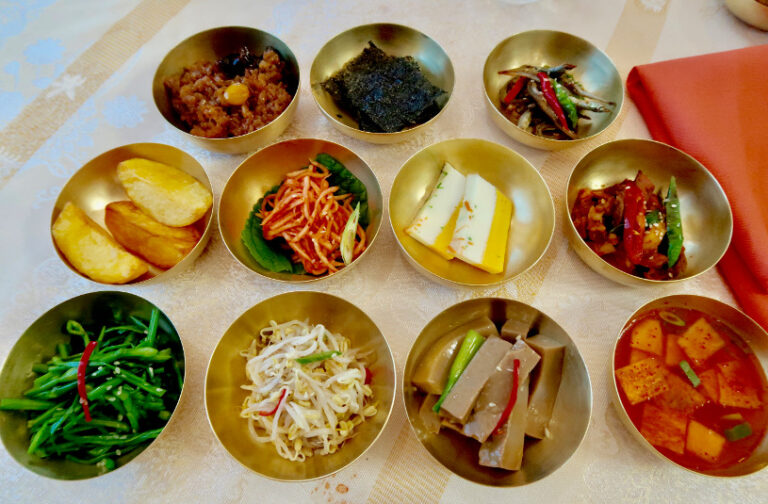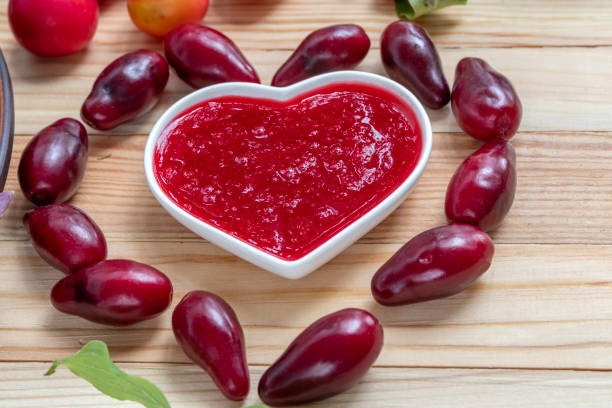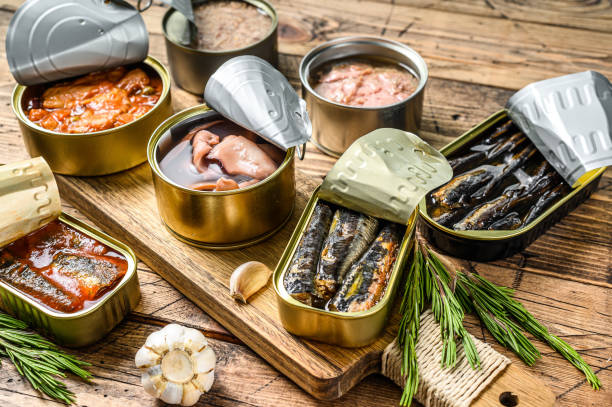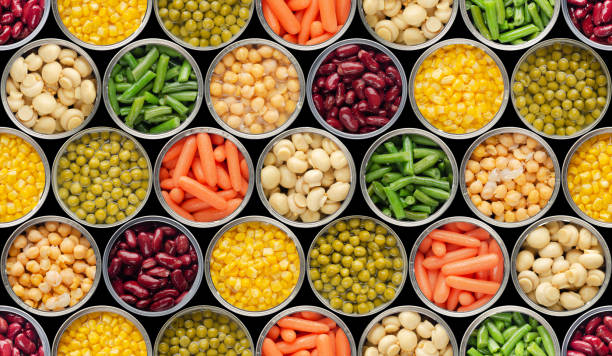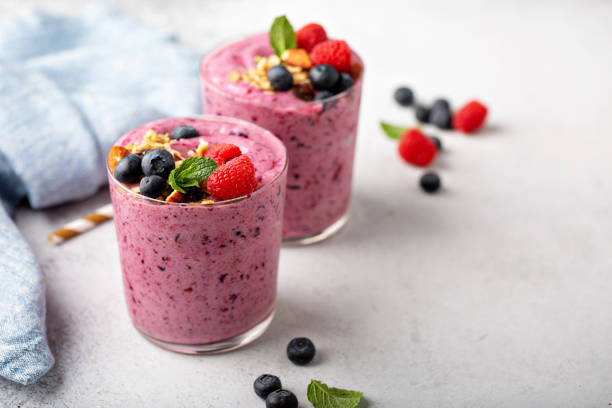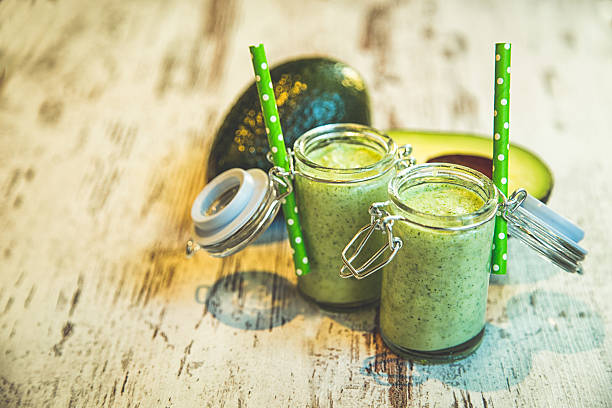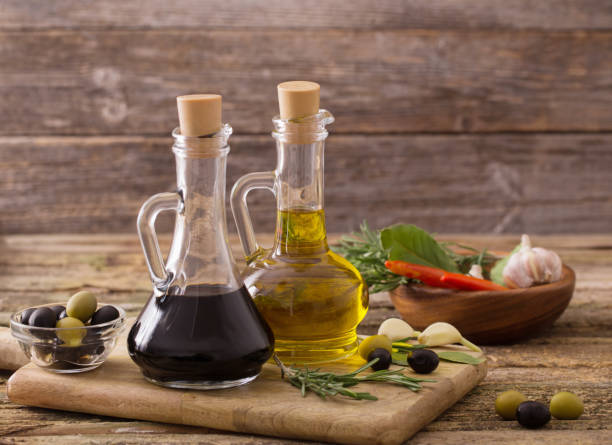Just a quick mix? Stiftung Warentest has currently tested a wide range of blenders. There were 18 devices ranging from inexpensive smoothie mixers to medium-priced stand mixers to high-end high-performance mixers. Who stands out with their performance? And who turned out to be the surprise loser?
A fresh smoothie or a creamy vegetable soup? Stand mixers are used again and again in the kitchen and puree vegetables and fruit in no time. But what are the differences between the devices? Because the result does not always meet expectations. So how do you find the blender that suits you best?
What do you want to mix?
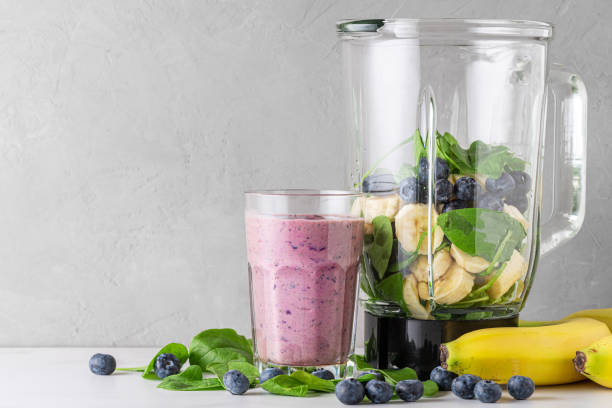
Not every mixer is equally good at all tasks. Irrespective of the test results below, one must first become aware of what the device is actually intended to mix?
- Smoothie mixer: They are suitable for smaller amounts of up to 600 milliliters, i.e. about two glasses of fruit juice or smoothie. Most of the mixing containers can be closed with a lid and can be easily taken with you.
- Stand mixer: If you want to make purees or baby food, for example, it is best to use a stand mixer. Even smoothies with a high liquid content are no problem for him. A good blender will even conjure up mayonnaise.
- High-performance mixer: For ambitious hobby cooks, either a food processor with a matching mixer attachment or a high-performance mixer is worthwhile. They can be used to mix, puree or, in the case of ice cubes, crush larger quantities.
The stand mixer was put to the test!
In total, Stiftung Warentest tested 18 different mixers. These included six smoothie mixers, seven devices with an output of up to one kilowatt, and five more powerful mixers with an output of more than one kilowatt. The test result summarizes, among other things, the respective handling, the lifespan, and the quality of the preparations. The smoothie mixers should conjure up green smoothies and mixed fruit drinks.
The blenders, including the high-performance devices, had to prove their skills in the preparation of green smoothies, ice cream drinks, mayonnaise, pancake batter, nut butter, baby food, and cold vegetable soups. They should also crush ice cubes and chop parsley and onions.
AEG SB25003 makes the best smoothie!
All six smoothie blenders tested, regardless of the price, are safe to use and deliver a good smoothie result. However, the devices from Clatronic and Russell Hobbs fail in the endurance test and give up before the halfway point of the test. The smoothie blender from AEG emerged as the winner of the test.
Braun blender prevails
If you want to use your mixer often and in a variety of ways, it is worth spending ten to 20 euros more in the category of stand mixers up to 1000 watts. The general mix result is not responsible for the poor rating of the cheaper devices from Russell Hobbs and AEG, but rather the poor handling and short shelf life.
The knives of the mid-priced Bosch mixer spin when making baby porridge, and all devices fail when making thick nut butter. The best was the Braun JB 5160 blender. The result of Krups’ most expensive mixer was only “satisfactory” – it failed to handle. In general, all devices are comparably heavy and noisy.
Big loser: Kitchen Aid
High-performance blenders are generally expensive, except for the €172 WMF blender, which has a “satisfactory” rating. The biggest weakness here is putting on and taking off the mixer attachment. The fast blades of the Vitamix puree are best, it even crushes small raspberry seeds. The second good in this group is the Gastroback Mixer. For noise and durability, the Kitchen Aid mixer receives the grade unsatisfactory. In the endurance test, a drive belt tore early and a pitcher broke.
Hand blender vs stand mixer
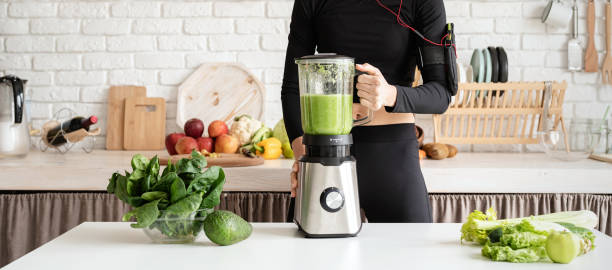
Many households already have a hand blender – isn’t that enough? For comparison, Stiftung Warenest tested the successor to a good hand blender from test 8/2011 (see test.de/stabmixer). He did well! It usually purees and mixes well or very well, but does not crush ice. He chops herbs and onions much better in the chopper attachment than in standing devices.
The conclusion
If you want to drink a fresh smoothie every day, you are well-advised to use the AEG smoothie mixer for 40.50 euros. Cheaper devices are more difficult to handle and one has to reckon with the release of critical substances from the silicone seals.
For applications that go beyond preparing a smoothie, a blender is worthwhile. Not everyone is worth their money, but here, too, it is better to invest ten euros more. Otherwise, it could happen that he is not her kitchen helper for long. In any case, you are well served with the Braun blender, as it does what it promises for its price.

